Liminal territory
Or, a trip to the wetlands
With pandemic restrictions slowly starting to ease, people in Wales can now start to travel about a little bit more, so long as they stay within five miles of home. We took the opportunity to head to one of the local nature reserves, Newport Wetlands, by the mouth of the Usk.
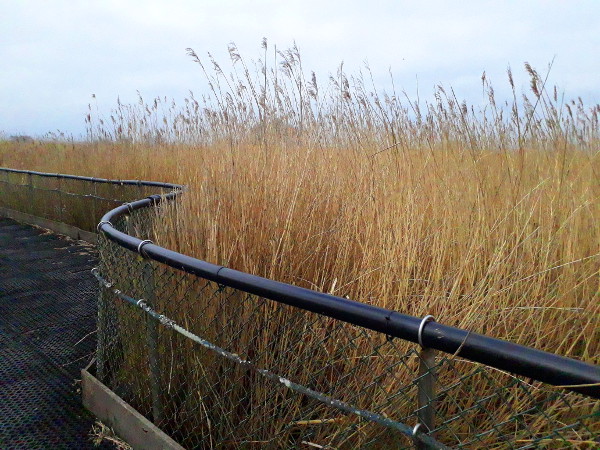
The coast from Cardiff to Chepstow is the stretch of anciently-reclaimed marshland known as the Gwent Levels. They are very important ecologically and archaeologically, having been reclaimed from the sea several hundred years ago. Ah, so you might think, the Newport Wetlands are a surviving non-reclaimed portion of the Caldicot Level, that has somehow lasted a couple of thousand years without being taken as farmland? Not so. The Newport Wetlands are reclaimed, reclaimed from industry.
The corner where the River Usk meets the Caldicot Level has, since the 1950s, been the site of the Uskmouth Power Stations. Over the years a whole family of power stations has been built here, generating electricity in various different ways, but for the first few decades the major power source was coal, brought in by rail. The burning of coal powder creates a lot of very fine ash which can be somewhat difficult to find a use for, and is fairly hard to move without accidentally creating a sandstorm. To get it away from the power stations it was mixed with water and pumped as a slurry into “ash lagoons”, giant industrial waste lakes where the ash could be left to slowly turn into clay.
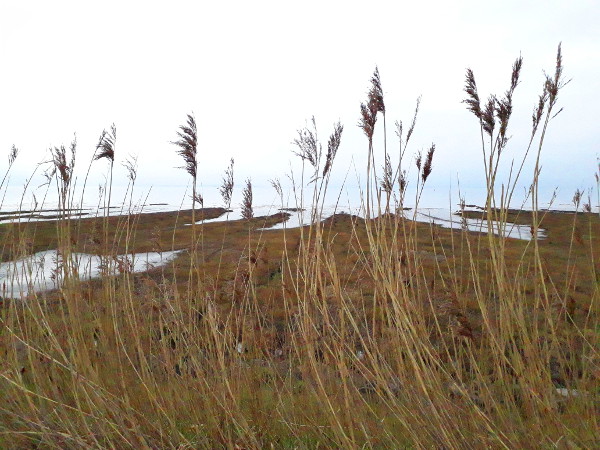
In this century, the power stations stopped burning coal, and the ash lagoons were returned to nature. Rather than abandon them to nature in-the-raw, though, or return them to farming, they were seeded with reeds and turned into a carefully managed and curated wetland nature reserve. They are liminal spaces, therefore, across multiple boundaries. Not just land-versus-sea, but also industry-versus-nature, human-versus-wild. Notably, because the ash lagoons were built by surrounding a patch of land with embankments and then filling the enclosed space with slurry, the wetlands are now several metres above the sea on the one side and the reclaimed marshland on the other. Some careful and cunning hydrological management must be going on to ensure that the wetland reedbeds stay wet and at the sametime the fields below them stay dry. And, of course, the pylons still stride proudly across from the power station’s fields of high-voltage switchgear.
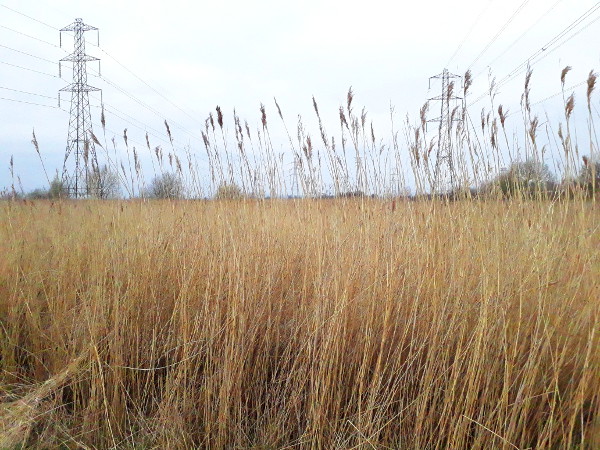
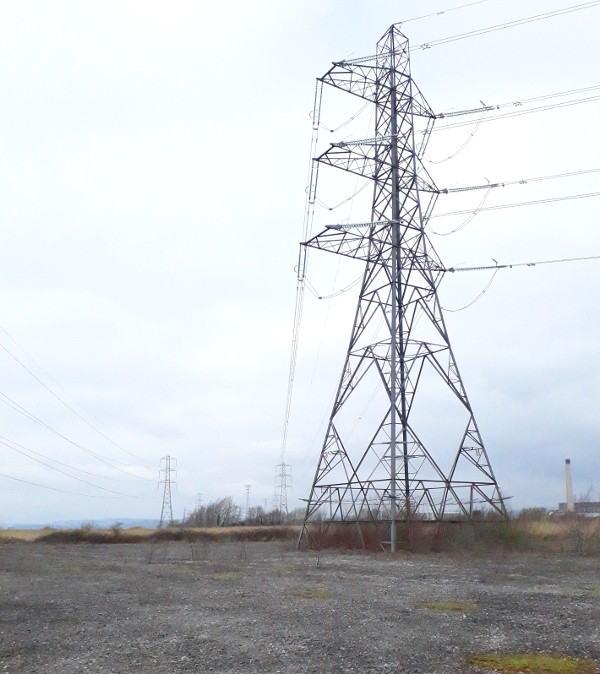
At the moment, with all facilities other than the car park closed, the wetlands are a quiet, almost ghostly place. Peaceful, with not even many birds in sight yesterday. The wind blows through the reeds and the tide gently splashes in across the mudflats; one of those cunning, powerful tides that mocks you with the gentleness of its splashing as it outruns you across the mudflat. We stuck to the paths, peered through the slats to see what birds we could see, and enjoyed being more-than-walking-distance from home for the first time in a few months. The overhead cables hummed with power, a cormorant flew over the top of us, and a bumblebee carefully surveyed the land around.
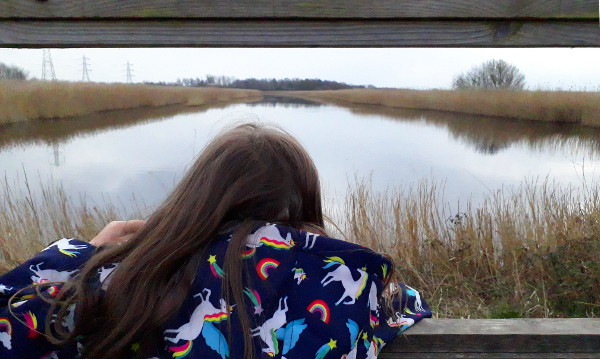
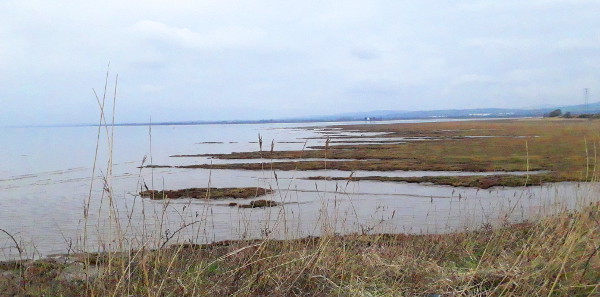
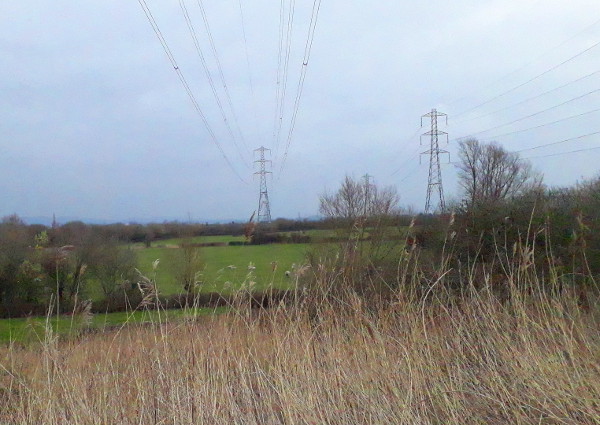

 Home
Home